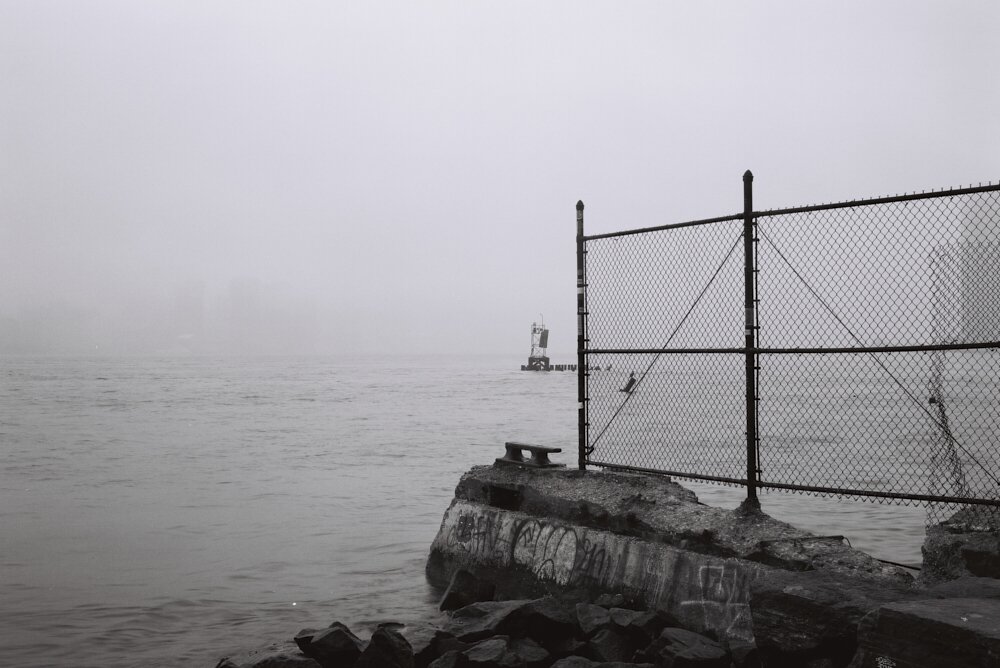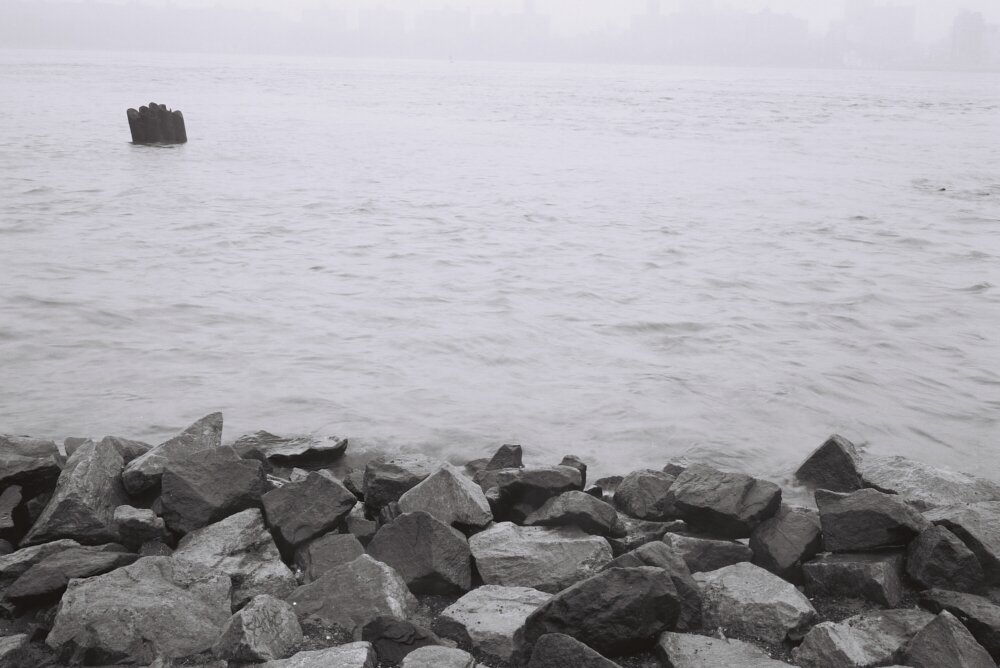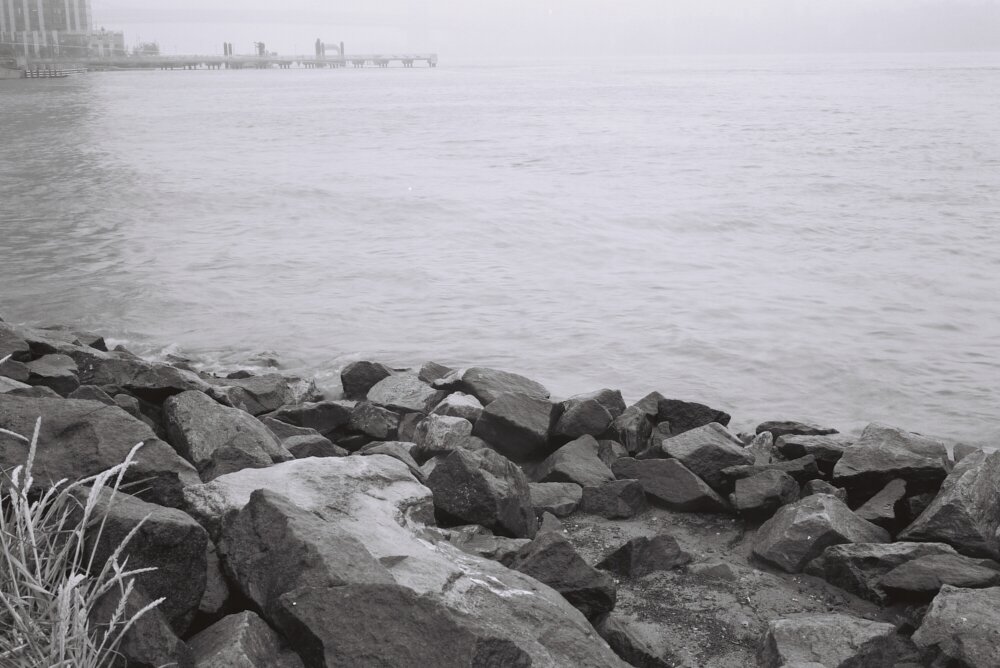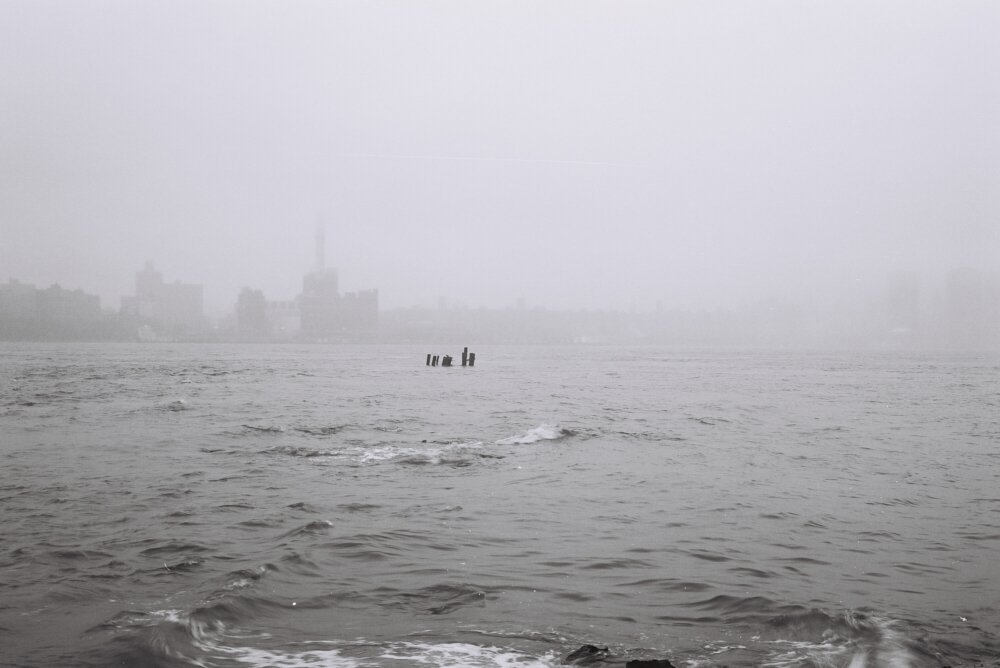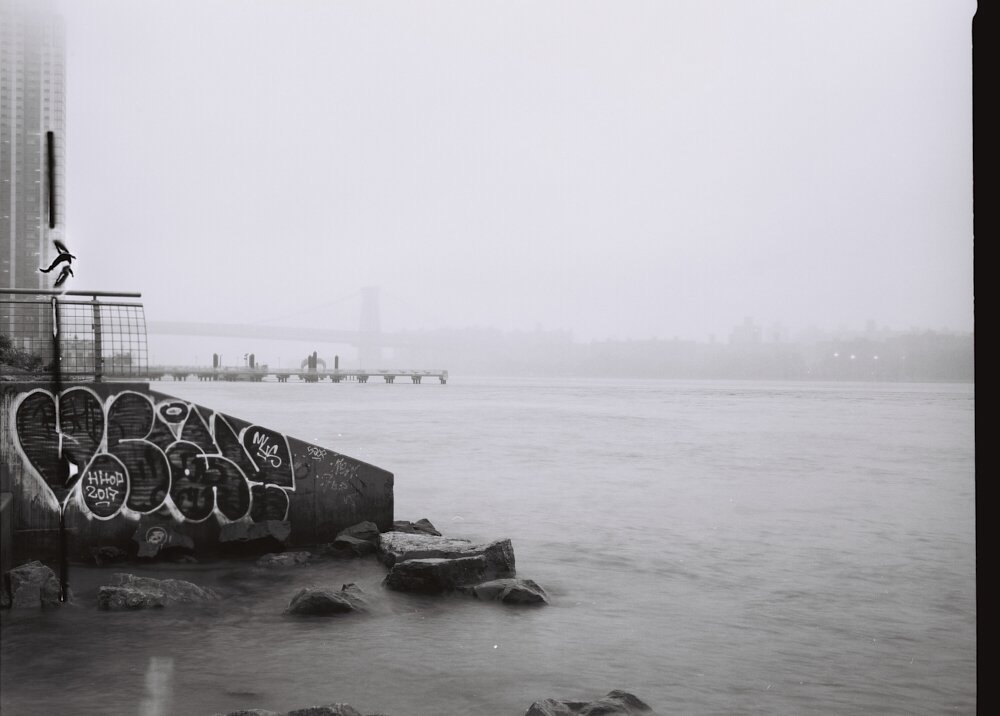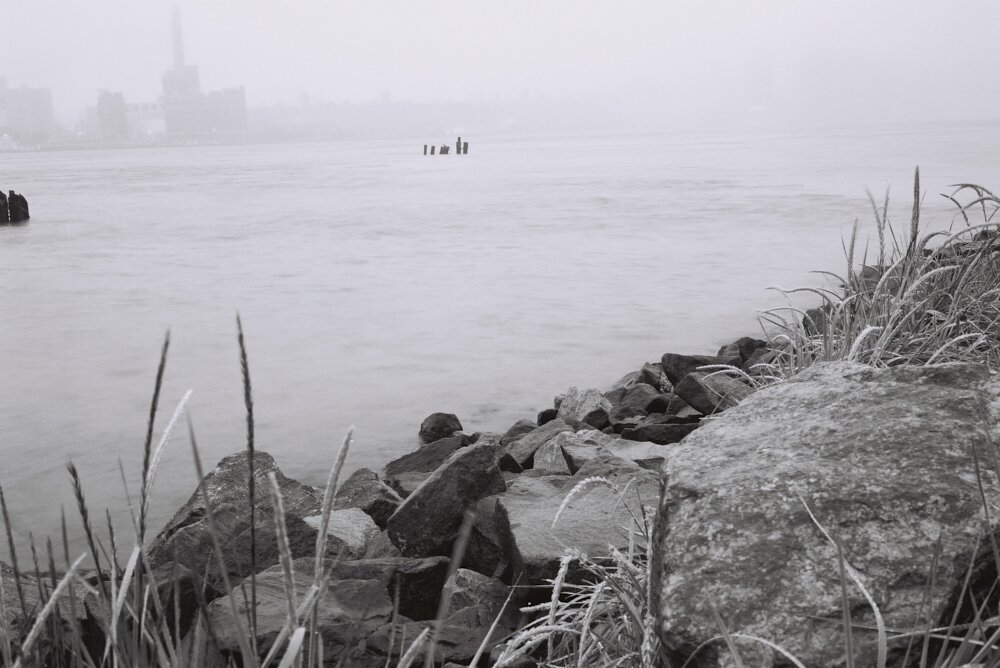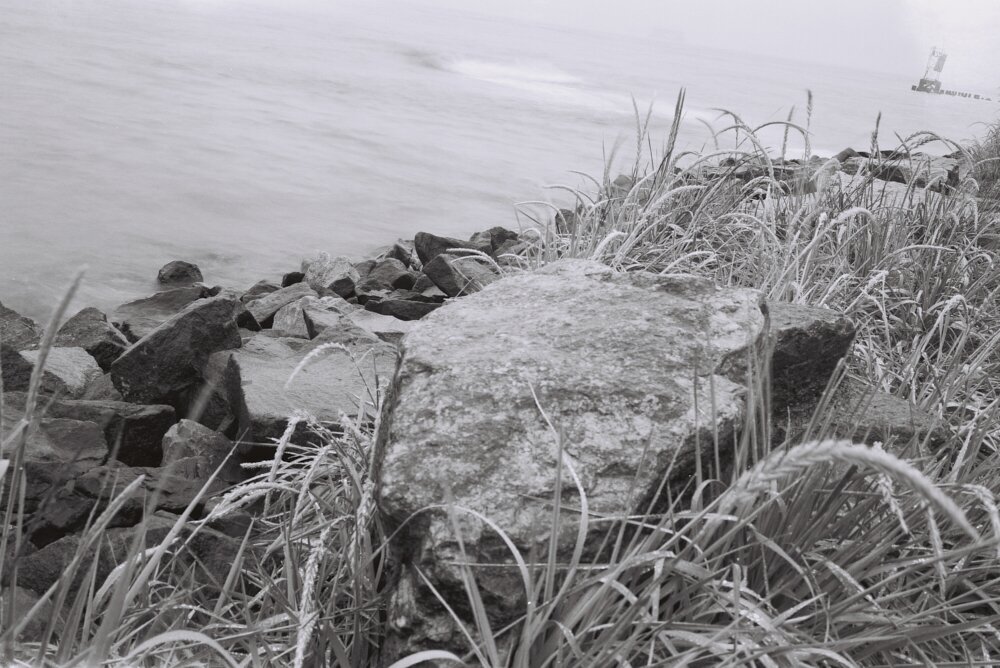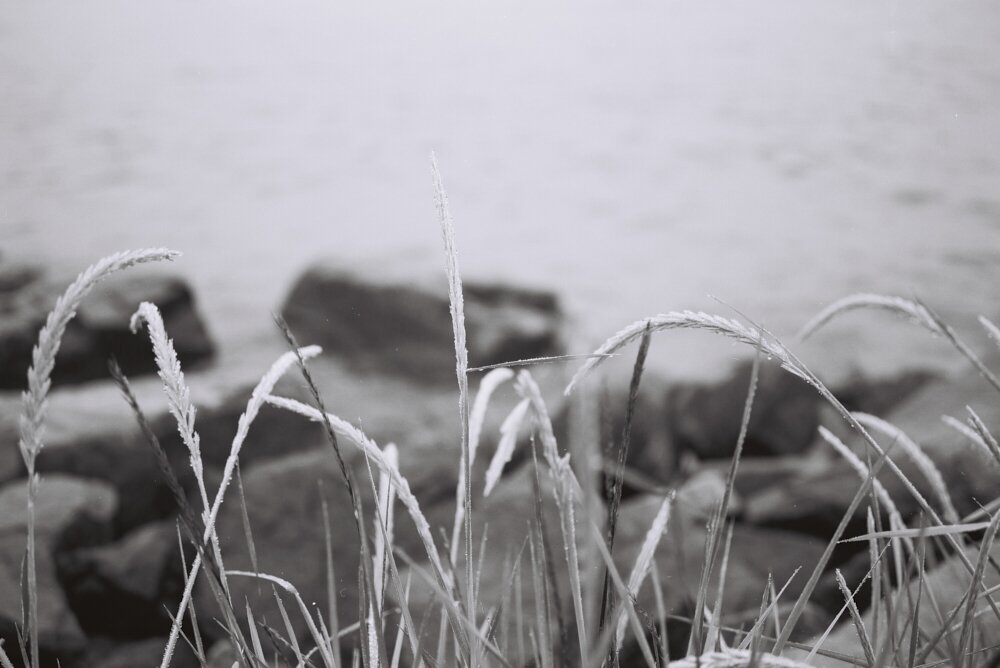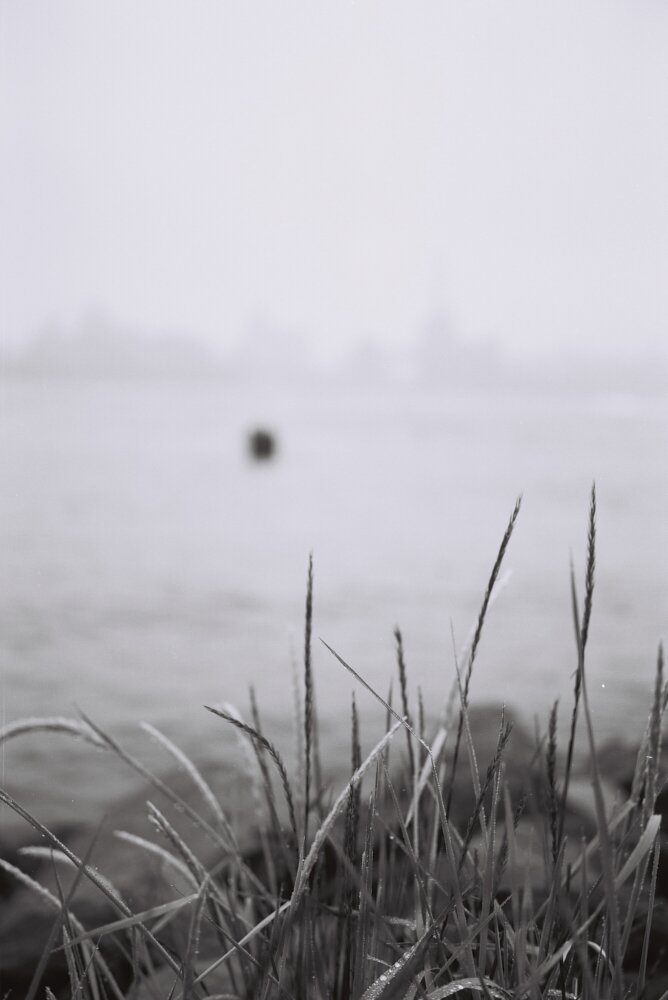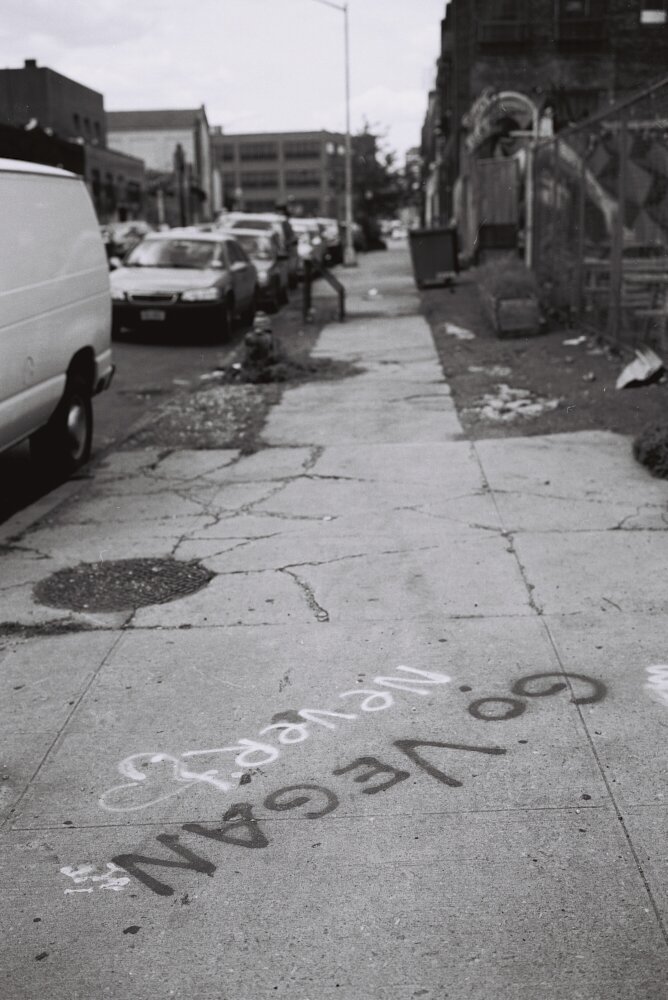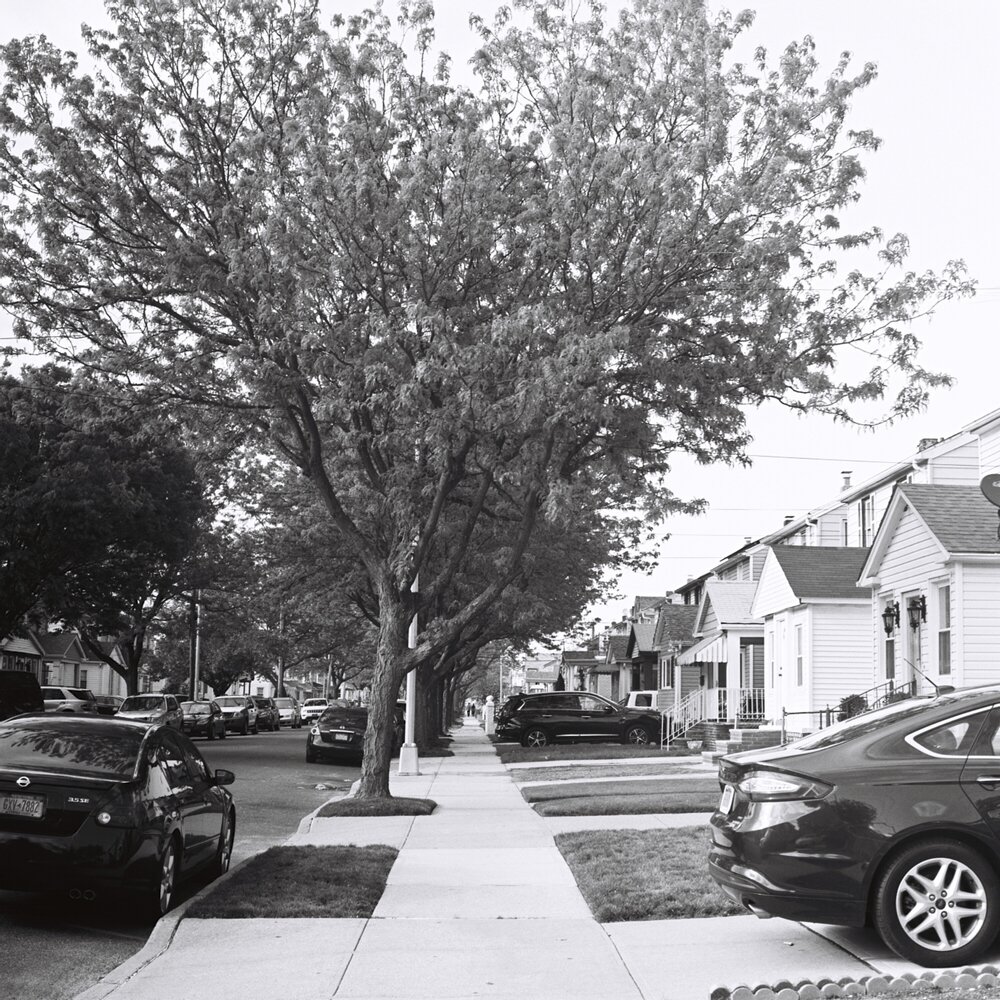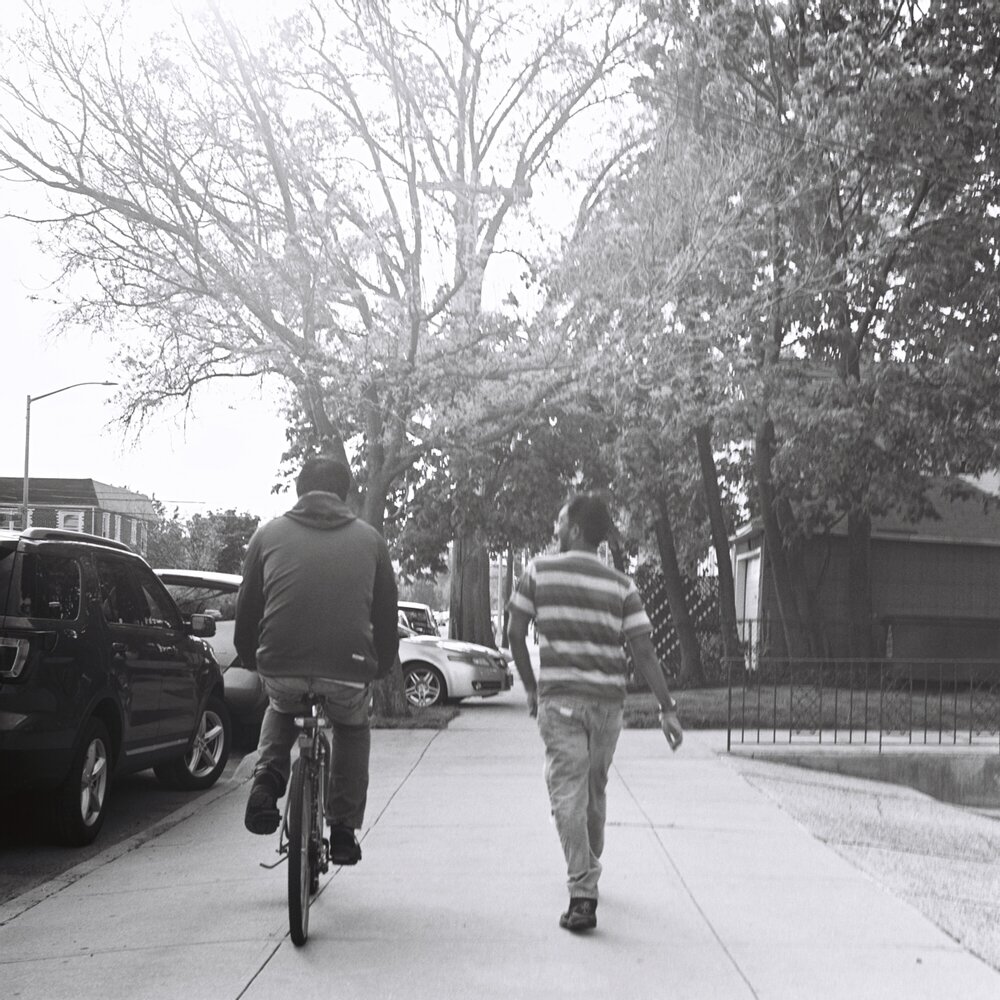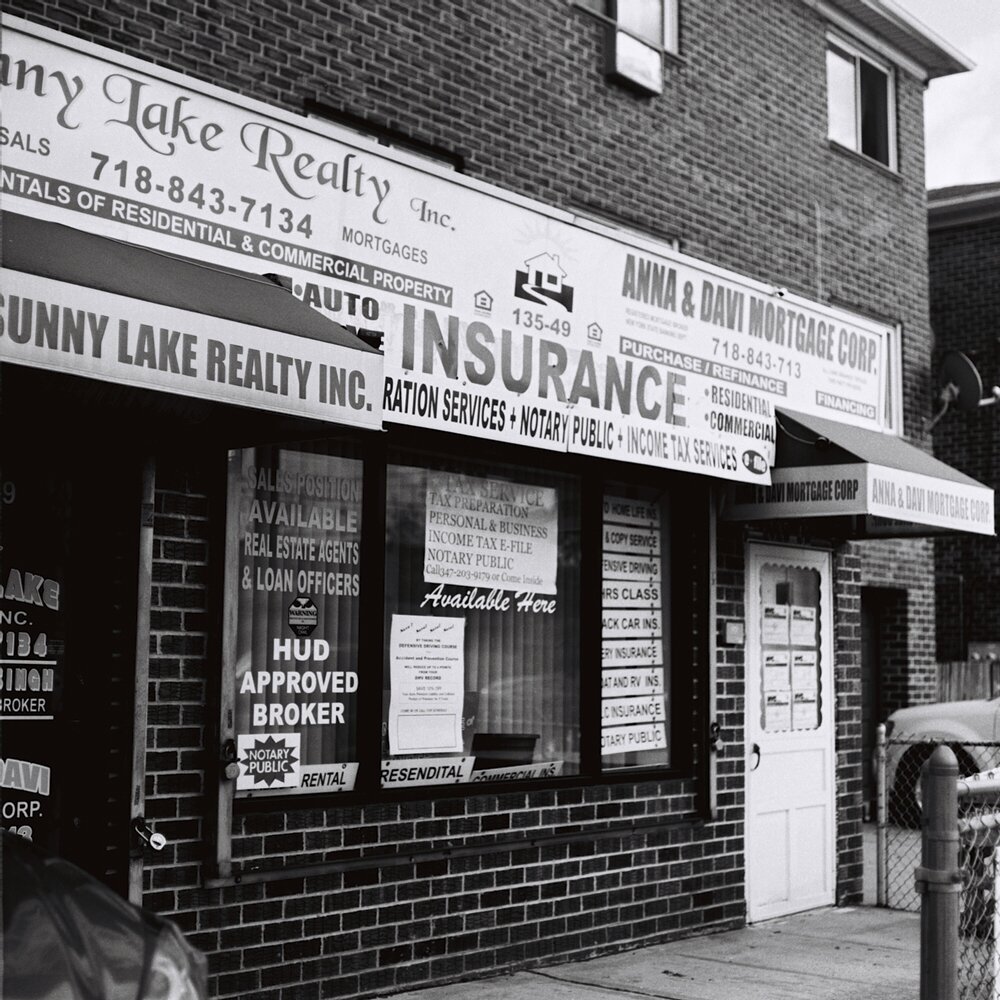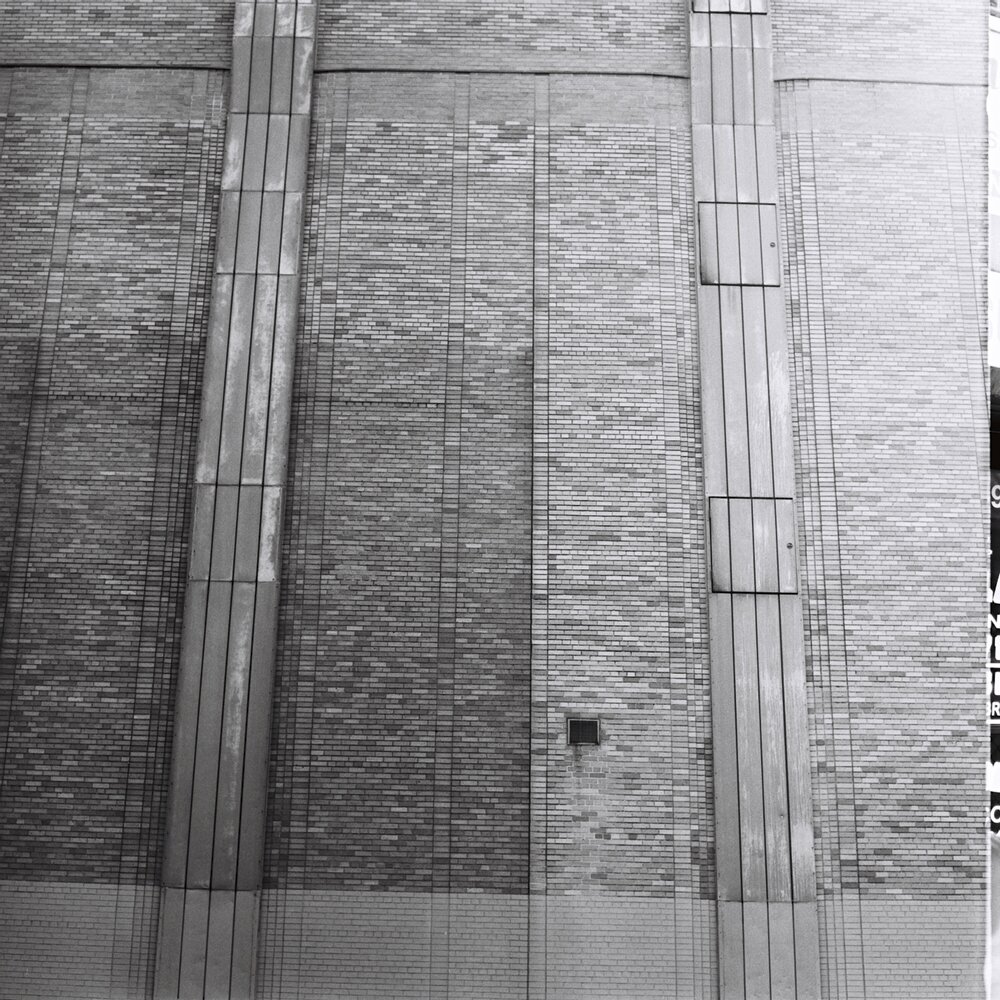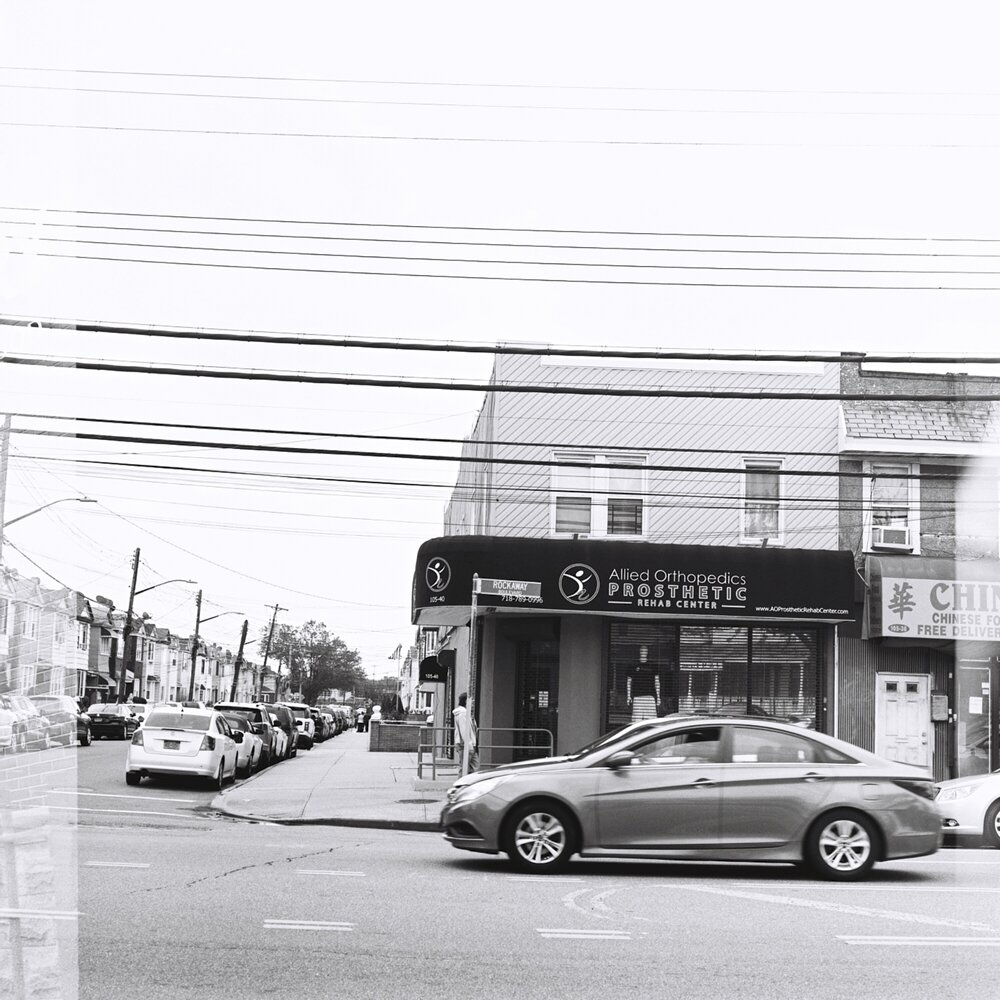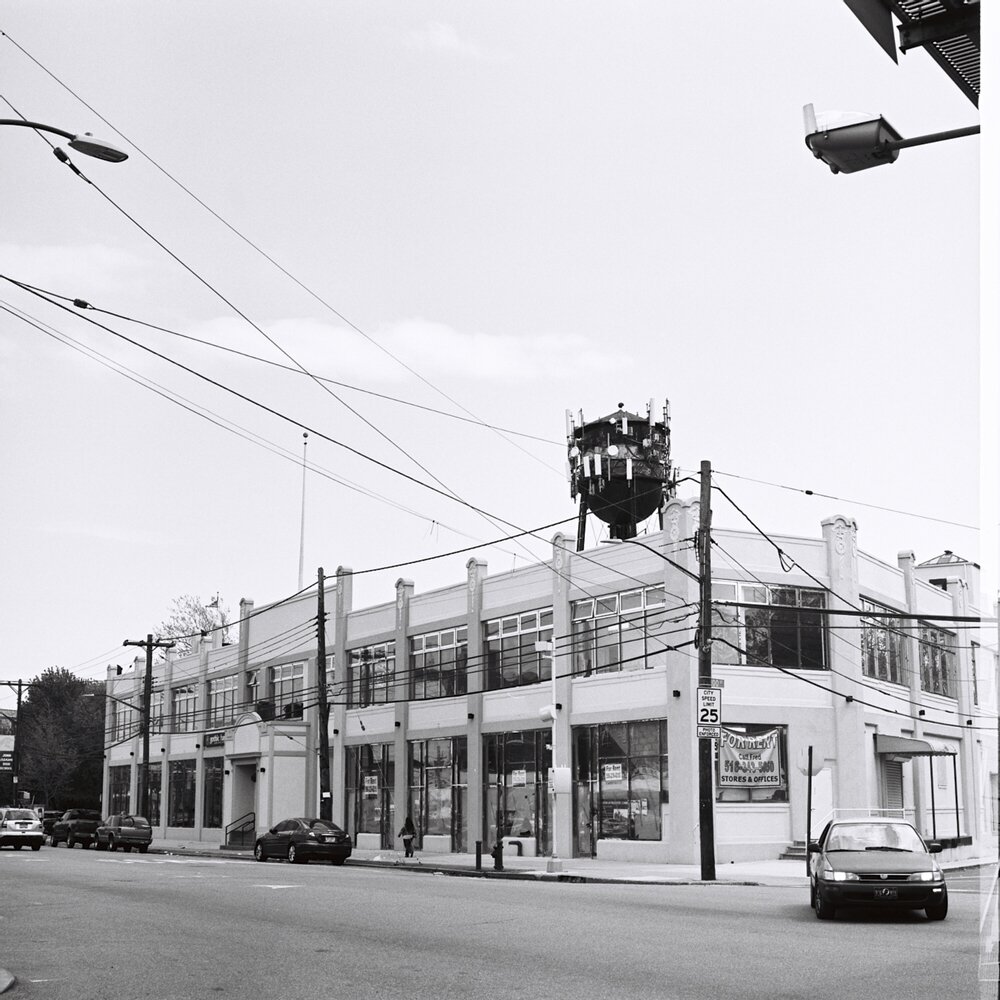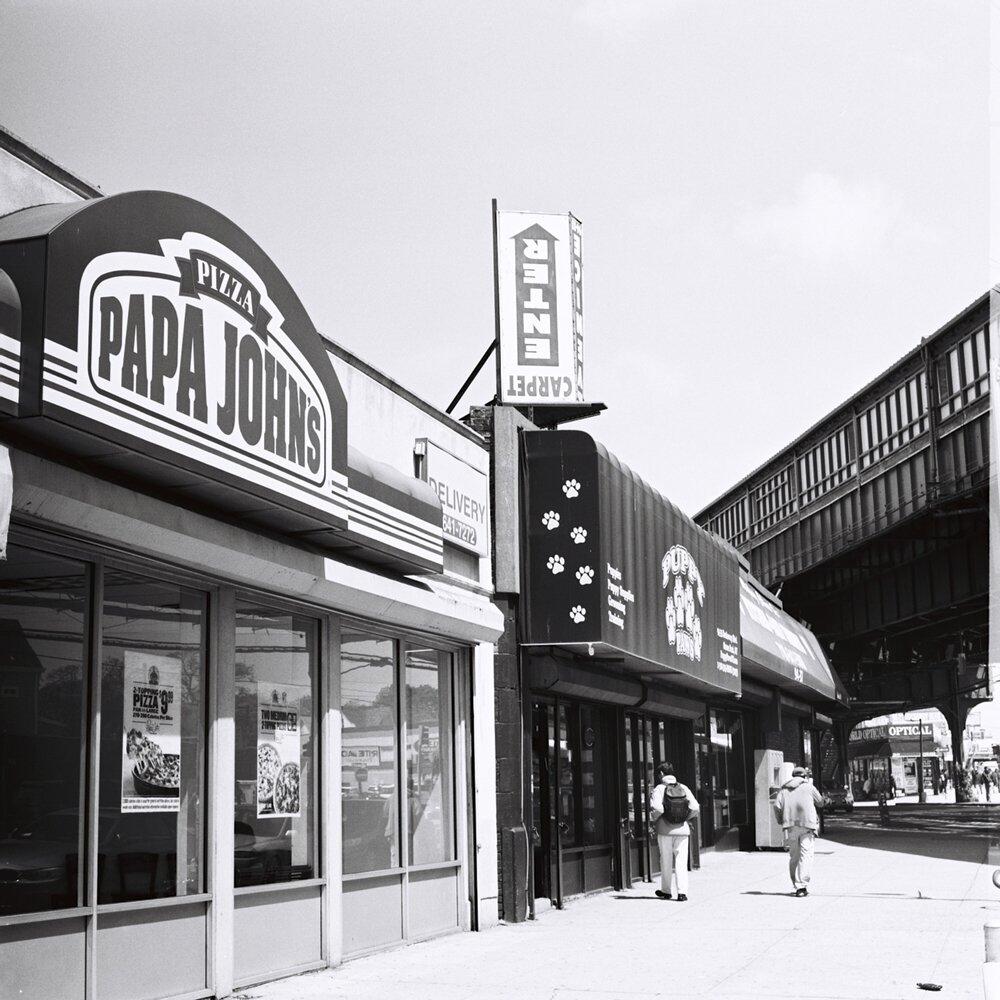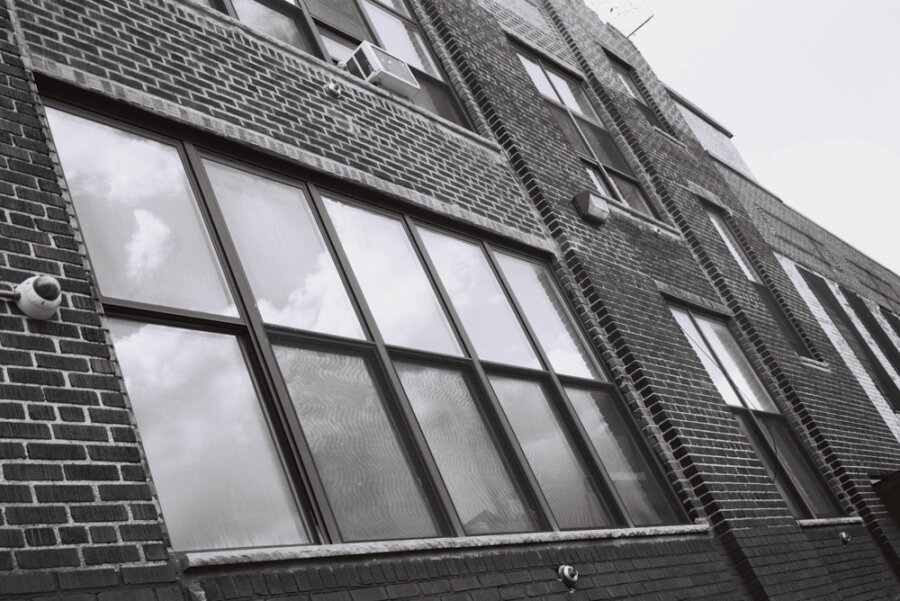Review: Kodak T-Max 400 (120 and 35mm)
Kodak T-Max 400 doesn’t get all the love, love letters, and overall adoration that Kodak Tri-X 400 does simply because of the fact that a ton of the most iconic photos in the world were shot on Tri-X 400 vs T-Max 400. However, part of that has to do with the fact that Tri-X has been around for a longer period of time and T-Max 400 is designed to do something much different. While Tri-X 400 is known for its characteristic midtones and grain, T-Max 400 is instead known for its fairly high contrast (in the highlights and shadows), its incredibly fine grain and its overall sharpness. It’s touted to be the sharpest black and white 400 speed film in the world. Indeed, there has been a movement in the black and white photography world towards the high contrast, crispy, sharp look. And that’s essentially what Kodak T-Max 400 can do while still retaining a fair amount of details in the midtones. It does it in a much different way from a film like Japan Camera Hunter Street Pan 400–which is a near infrared film. Yet it also differs from many of the Ilford emulsions.Before you go on, more of the specific technical details of using Kodak T-Max 400 can be found in this
These reviews of film here on La Noir Image have always been targeted more towards the digital photographer out there. So as you’re reading this and are wondering what digital simulation best compares to Kodak T-Max 400, know that you can get it from Olympus. Specifically, the Olympus Pen F has a black and white simulation that is contrasty and also very beautiful. If anything, this looks the most like Kodak T-Max 400. In fact, we were told that the film was an inspiration for that specific color profile.
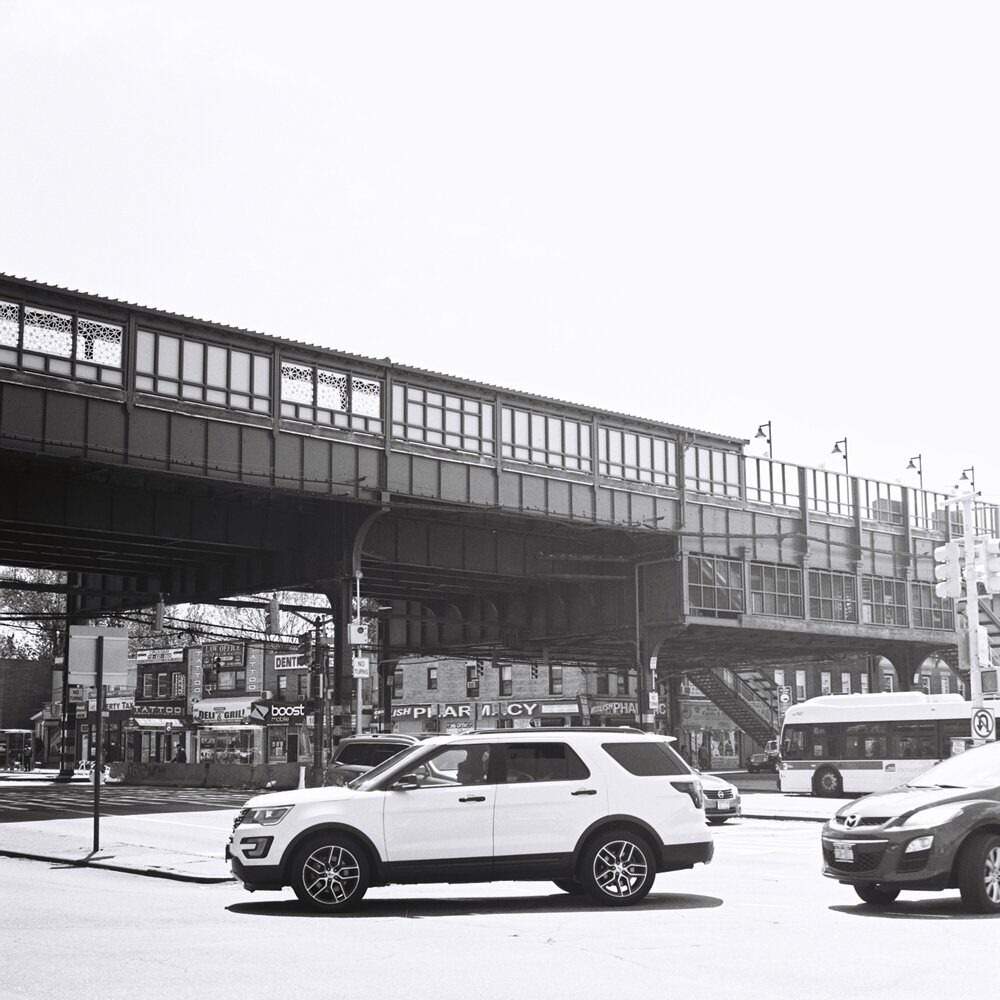
Now back to the film.
These days, a very good argument can be made that the types of photographers that tend to use Kodak T-Max 400 are those who tend to create scenes vs capturing them–and those include portrait photographers and landscape photographers amongst others. However, it can surely be used for whatever you’d like. For example, shooting a wedding with Kodak T-Max 400 and using a flash to ensure that you absolutely maximize the sharpness potential is a great idea as long as film isn’t your primary option. Then when you want to shoot with more ambient light in the scene, switch to Tri-X 400 and feel free to push it. Of course, this isn’t always followed and sometimes photographers just like the Kodak T-Max 400 approach to tonality more than the Tri-X 400 approach to tonality.
To get the best from Kodak T-Max 400, you should keep it refrigerated or frozen when not in use. When you’re ready to use it, you should let it thaw for up to three hours. Though to be safe, I personally go for an entire 24 hours before I’m going to shoot it. Only after that will I even consider loading it into a camera. Freezing and proper care of your film allows you to still get good results even when the film is expired. I’ve worked with film up to 10 years expired and still got results that I’m very proud of.
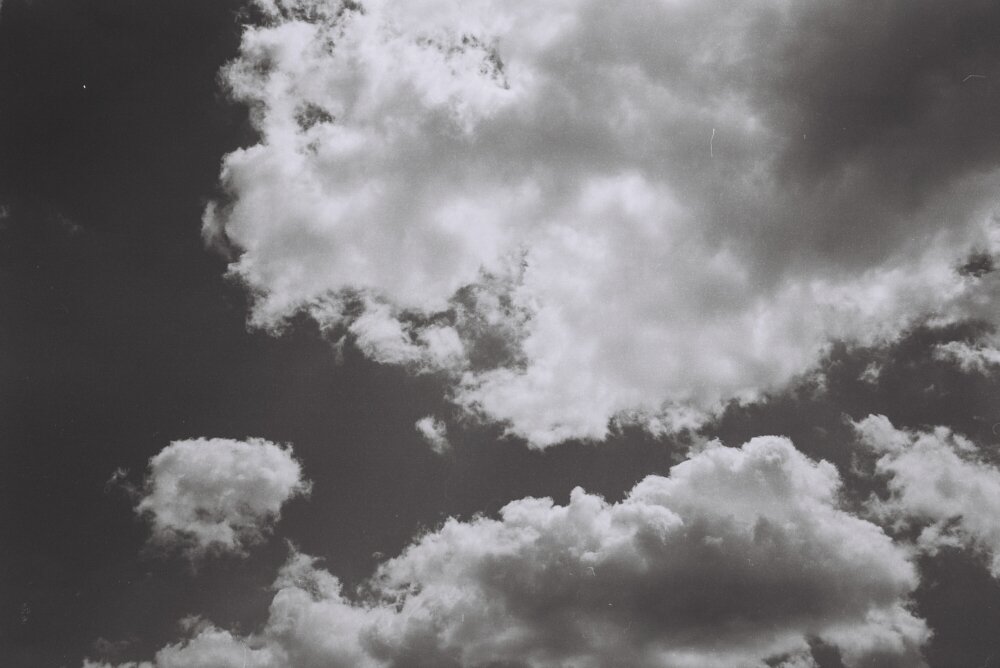
In terms of typical use, Kodak T-Max 400 can be pushed (to 1600 with pleasing results) or pulled while still getting good results–which is a lot unlike Japan Camera Hunter Street Pan 400 which needs a lot of light. However, this will also affect the way that the grain looks on the film. As you move in either direction though, Kodak T-Max 400 takes on varying degrees of increased contrast while also increasing grain in the pushing process. Kodak Tri-X on the other hand will only take on more grain while more or less maintaining the same levels of contrast accordingly. When you stack this up against other films, it’s unlike Ilford HP5 and Ilford XP2 which tends to really want you to nail the exposure (in my eyes and tests) though can be a very beautiful film in its own right.
To get the most from Kodak T-Max 400 in terms of the fine grain and sharpness the process really starts in-camera with some of the most basic rules of exposure including the reciprocal rule of shutter speeds and even using a flash to get even more details from a photo. Additionally, good glass is critical. For example a Fujifilm GW690 III with a 90mm f3.5 has significantly higher sharpness than a Pentacon 6 TL does with a Zeiss 80mm f2.8. To be fair, one is 6×6 format and the other is 6×9 format. However, this is all just a testament to the requirements of having good glass.
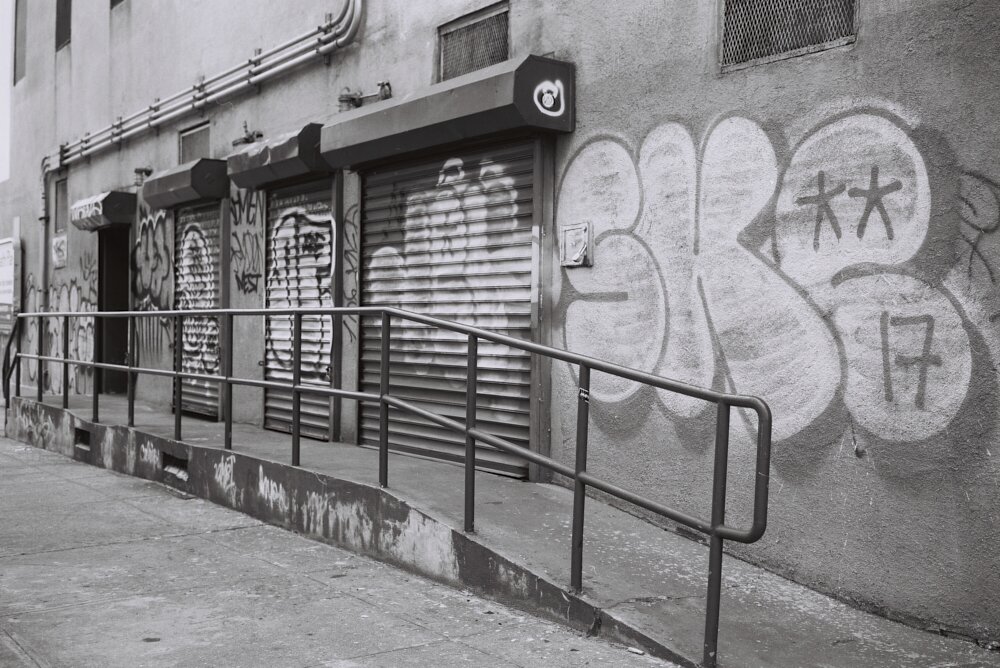
If you load it up into older cameras and lenses, the images you shoot will naturally still come out more contrasty and sharper than shooting with Kodak Tri-X if you’re shooting in the same type of metering and developing in similar fashions. Again though, Kodak Tri-X gets more from the midtones and TMax goes for either end of the spectrum. So go right ahead and load up your Yashica GSN Electro 35 with it.
It should also go without saying that you shouldn’t really cheap out on filters either. Older lenses really need a UV filter to get the best sharpness–for example the old Leica Rokkor 40mm f2. So getting a quality filter from a brand like Tiffen, B+W, Hoya, etc will truly help. The alternative is getting a plastic filter from a brand like Neewer–and in that case why would you even bother shooting the world’s sharpest 400 black and white film?
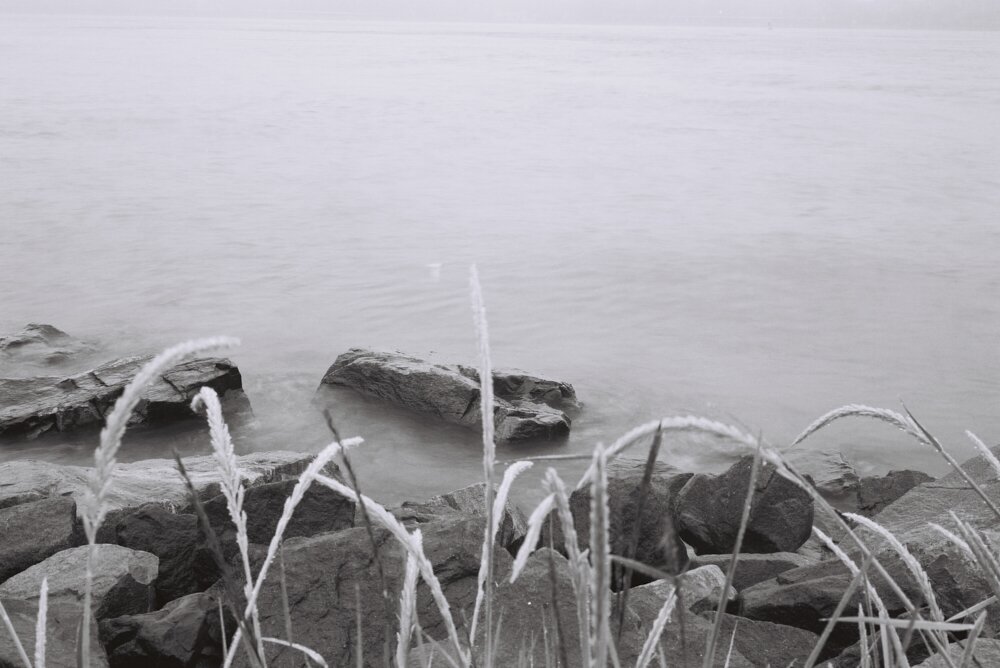
If you’re working with Kodak T-Max 400 and really want to get the most out of it, consider your metering carefully. If the highlights are very white in the scene that you’re shooting, don’t be afraid to underexpose a bit. Not only will you get a darker image but also one that can fool the eye and make a person think that it is sharper.
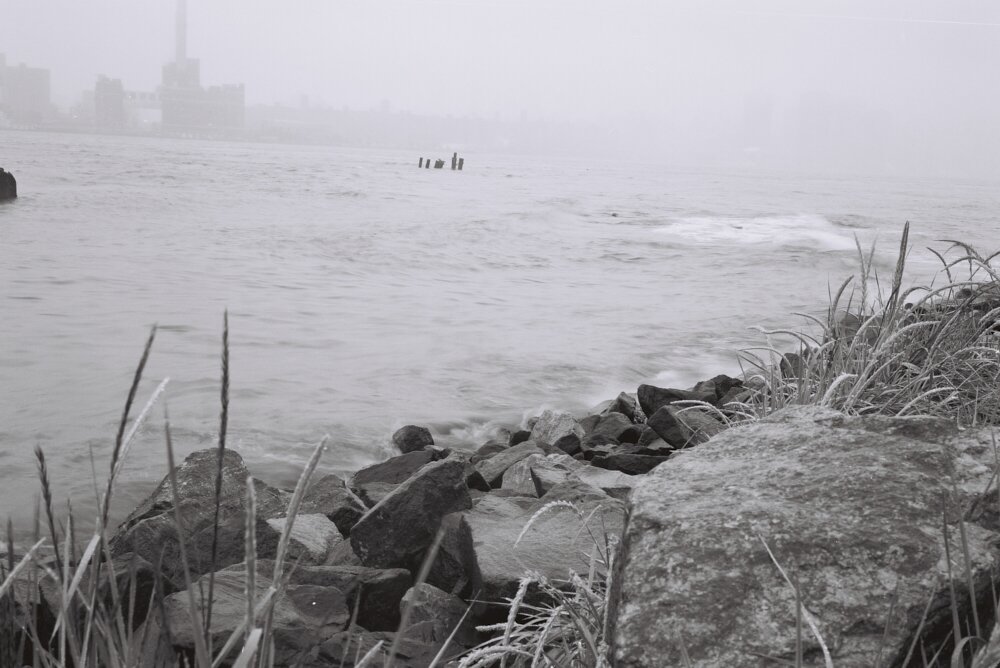
These images were developed standard black and white style. But if you want even more contrast, I recommend reaching for rodinal. However, if you do get that, know that you’re going to get more grain the scene. This film’s whole point is to have fine grain and ridiculous amounts of sharpness.
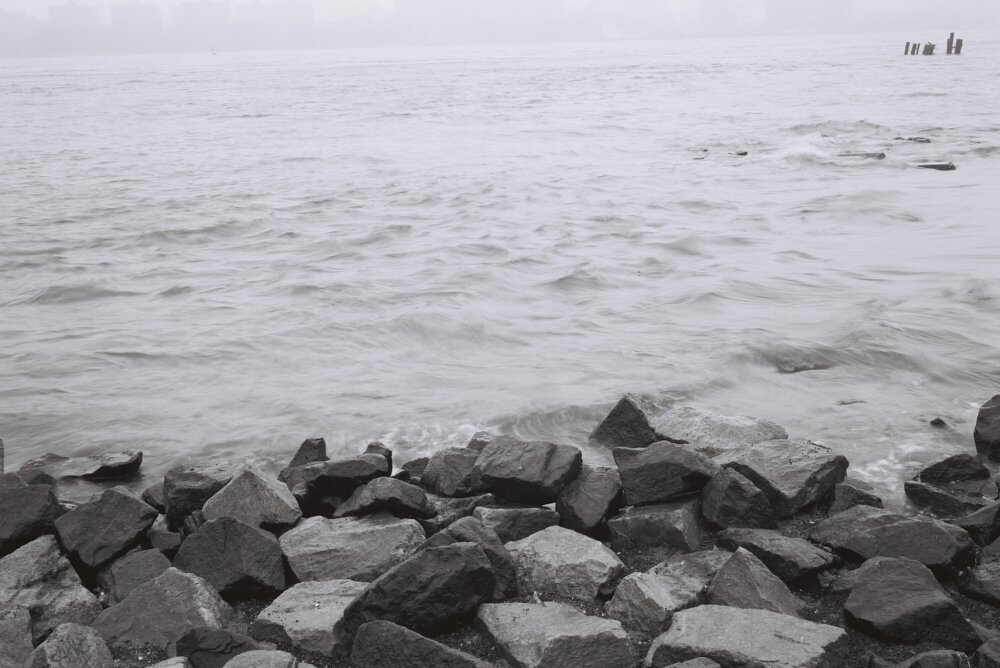
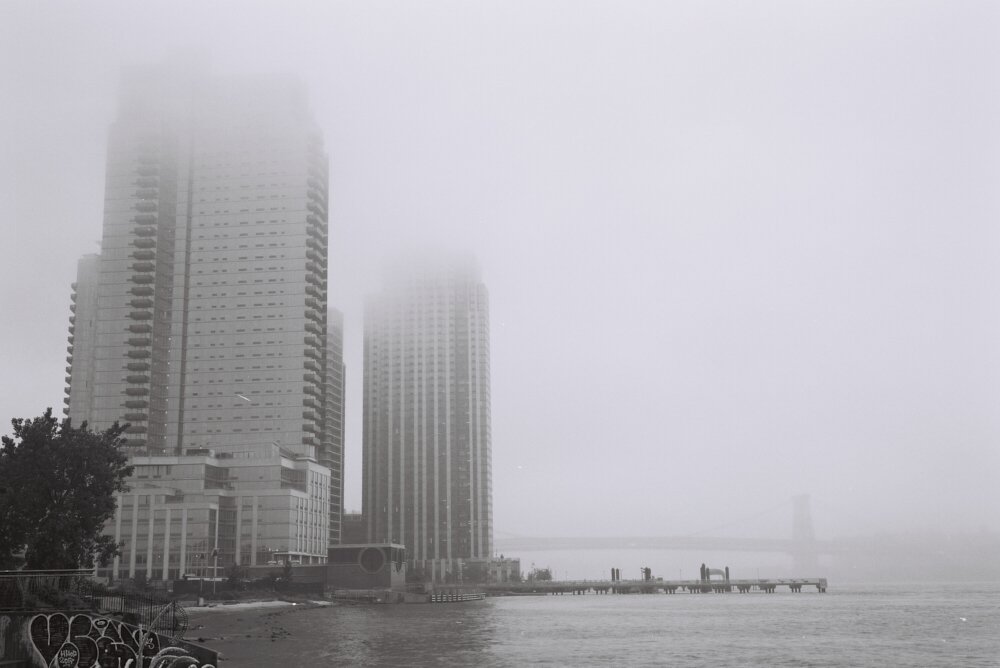
Overall, I have to state that my favorite thing to shoot Kodak TMax 400 with is portraits. I personally am not the biggest fan of using it with landscape photography though I’ll absolutely acknowledge how it can appeal to some folks. If I were shooting landscapes, I’d much rather reach for Delta 400 or even JCH Street Pan 400.
